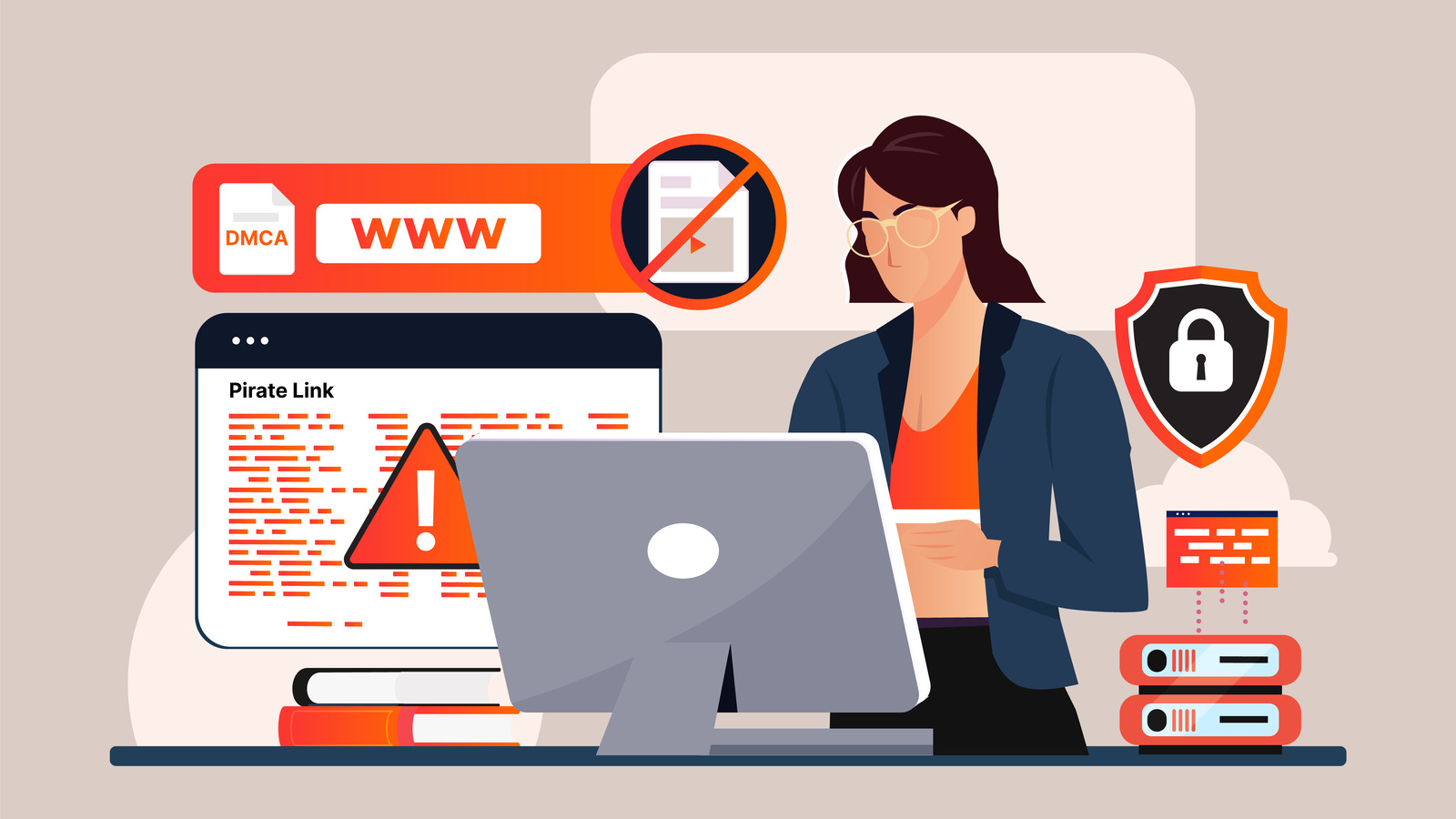Prompt removal of stolen content is imperative to protect your online brand and revenue. It involves swift action such as documenting evidence of the pirated link, identifying the actual host and sending a sturdy legal notice that includes your work and the infringing URL. It might also require notifying search engines to de-index the link and following up until the content is removed. Utilizing automation templates, consolidating URLs in a single request, employing tools or professional services to check for re-uploads, and reinforcing preventive measures such as watermarking and tokenized streaming can further safeguard your profit and search rankings.
Counteracting the unauthorized publication of your original content on a pirated site is crucial. Each moment the stolen material remains online, it undermines your income and brand reputation. Since viewers usually do not pay for content they find free, and search engines may rank the duplicate higher than your official channel, rapid removal of stolen content is essential. This not only safeguards your earnings and maintains your SEO value but also sends a distinct message that you stand up for your rights.
In the digital age, content creators manage numerous distribution channels, affiliate partnerships, and cloud storage services. Each transfer point poses a potential risk. Recognizing these risks enables you to reinforce security measures. However, even the most stringent security can’t prevent all content leaks, and this is where a quick response comes into play.
Sending a correctly formatted, DMCA-styled legal notice is vital. Any mistakes can cause delays or even denial of your request. While independent creators can handle a few takedown requests monthly, larger content libraries might necessitate thousands, making outsourcing to a specialized service provider a more practical option. To learn more about this process, be sure to check out this comprehensive guide on leaked content removal.
Choosing a provider that offers proactive monitoring along with reactive notices is advisable. Be sure they prioritize the privacy of the creator.
The gauge of success is not merely the removal of stolen links but the preservation of revenue. It helps to track metrics like takedown speed and revenue trends as this correlation builds a strong case for continuing investment in your anti-piracy workflow.
It’s worth noting that filing a DMCA won’t negatively impact your rapport with genuine supporters. They appreciate the need to safeguard your income, and most won’t even see the notice as it targets the host, not the end-users.
If the site hosting your content is in countries like Russia or China where compliance rates vary, pairing a notice with a de-indexing request can effectively reduce traffic. Persistent non-US hosts often comply when their upstream carrier receives a DMCA notice.
While it’s possible to demand damages from the infringer, litigation can be costly. For most creators, quick removal and SEO repair offer a more favorable cost-benefit ratio.
Google typically requires 4 to 12 hours to de-index a link once the notice is approved. As for watermarking, a subtle badge usually suffices. Excessive watermarking could deter paying subscribers. Striking a balance between security and viewer experience is key.
In conclusion, the swift and consistent removal of stolen content is vital. Combining robust legal notices, effective monitoring tools, and strategic follow-up can keep your content off pirate websites and maintain your brand’s integrity. Whether you handle the process independently or collaborate with a service like StreamerSuite, treating takedowns as a repeatable business process with KPIs and automation can transform a hectic scramble into a predictable component of your content strategy.

